The work of imposing dimensions is offered in a beautiful Louis XIV style frame by Roger Gault which measures 102 cm by 136 cm and 74 cm by 106 cm for the painting alone.
The work has participated in numerous exhibitions (see labels on the back) both in France and abroad, and appears in a large number of books dedicated to the artist.
It represents Arles women on pilgrimage who go up to the Saint Sixte Chapel in Eygalières, a lot of intensity, seriousness and power emerge from this extraordinary work.
In excellent condition, it is signed lower right and bears the family inventory label on the back.
Entered the School of Fine Arts in Avignon in 1896, Auguste Chabaud has Pierre Grivolas as his master. Then in 1899, he left for Paris to continue his studies at the Académie Julian and at the École des beaux-arts, in the studio of Fernand Cormon (1845-1924). He meets Henri Matisse and André Derain. The wine estate of his parents suffered the crisis of 1900, forcing Auguste Chabaud to go back down to the South. In 1901, Auguste Chabaud had to leave Paris to earn a living, he embarked as a pilot (or pilot) on a ship and discovered the West African coast. The same year his father died; he inherits with his brother the wine property and the land that only his brother will manage. During this period, Chabaud worked a lot on butchery papers. From 1903 to 1906, he did his military service in Tunisia from where he returned with sketchbooks filled with local images, including many drawings of soldiers, natives and bar scenes populated by girls and sailors. . Back in Paris, Chabaud began in 1907 at the Salon des Indépendants exhibiting among the wild animals. He will discover a new life, that of the Parisian nightlife and cabarets. Collectors are starting to take an interest in his work. In Montmartre, where he has his studio, he paints lively or deserted streets and squares, nightlife scenes and brothels. In 1911, he began his cubist period, worked in large formats and sculpts. Numerous exhibitions followed, including that of New York in 1913 where he exhibited alongside Henri Matisse, André Derain, Maurice de Vlaminck and Pablo Picasso, then in Chicago and Boston. His paintings from the Fawn period describe Parisian nightlife: cabarets, theater cafes, prostitutes, in bright colors (yellow, red) contrasting with the colors of the night (navy blue, black). On his return from the First World War in 1919, Auguste Chabaud settled permanently in Graveson, in the Alpilles. From 1920, he began his blue period (he used Prussian blue in its purest form) in which Provence, its characters and its customs were highlighted. The South, which he never stopped painting, even in his Parisian period, will henceforth exclusively occupy him. As Paul Cézanne had done with the Sainte-Victoire mountain, Auguste Chabaud immortalized “the montagnette”, painting countryside scenes, peasants surveying the hills and paths of the Alpilles. He will remain there until the end of his life, living as a recluse in his house with his wife and seven children. Nicknamed the “hermit of Graveson”, he died in 1955. Some of his works can be seen in Marseille at the Cantini museum, in Paris at the national modern art museum, at the modern art museum of the city of Paris, and in Geneva at the Petit Palais. In 1992, the PACA regional council opened a museum in his honor in Graveson. Painters regularly pay homage to him, such as Claude Viallat in 2003. Auguste Chabaud has written poems and books such as: L'Estocade de rire, Le Tambour Gautier, I took myself for Démosthène. Works in the public collections of France Toulon, art museum: Villeneuve-lès-Avignon, oil on cardboard, 53 × 76 cm. Troyes, modern art museum: La Gare, 1907, oil on canvas, 73 × 100 cm. Center National Pompidou Beaubourg Museum Paris Hermitage Museum Saint Petersburg Vatican Museum Rome Switzerland Geneva, Petit Palais museum.





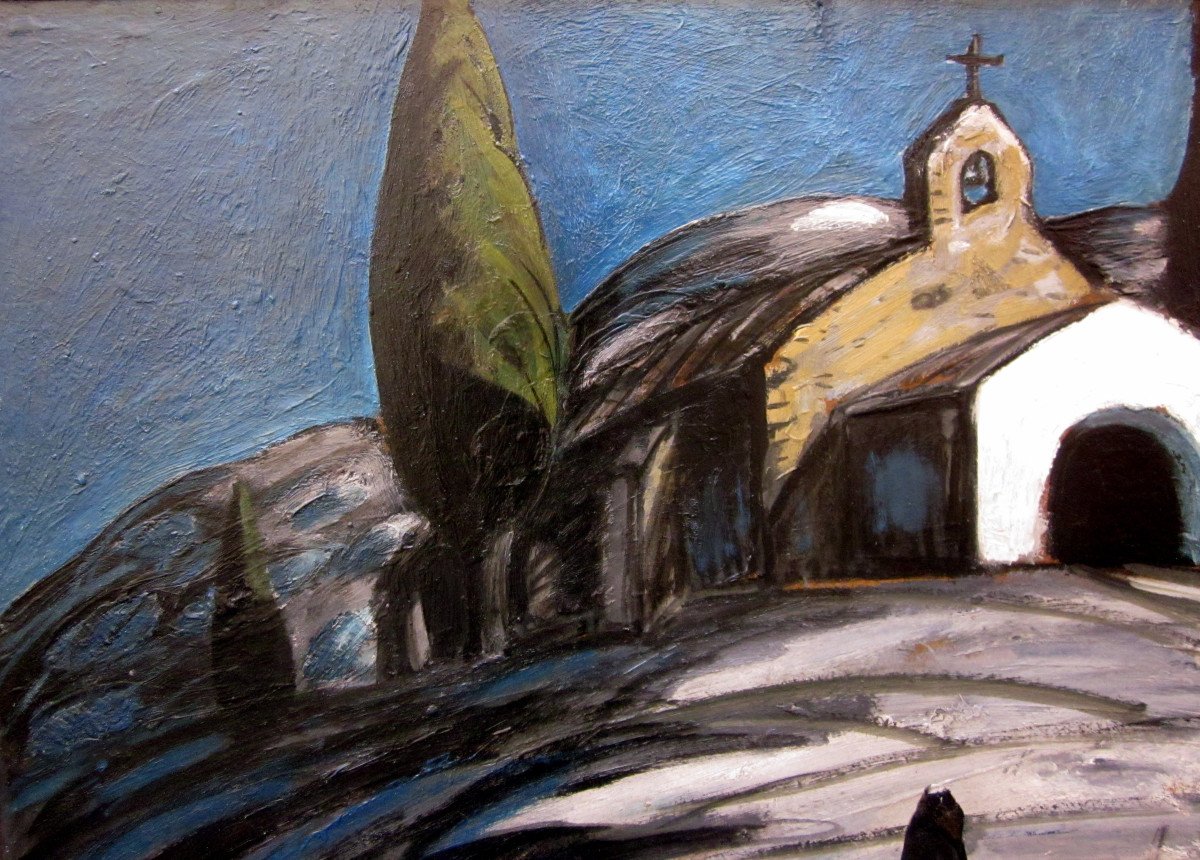


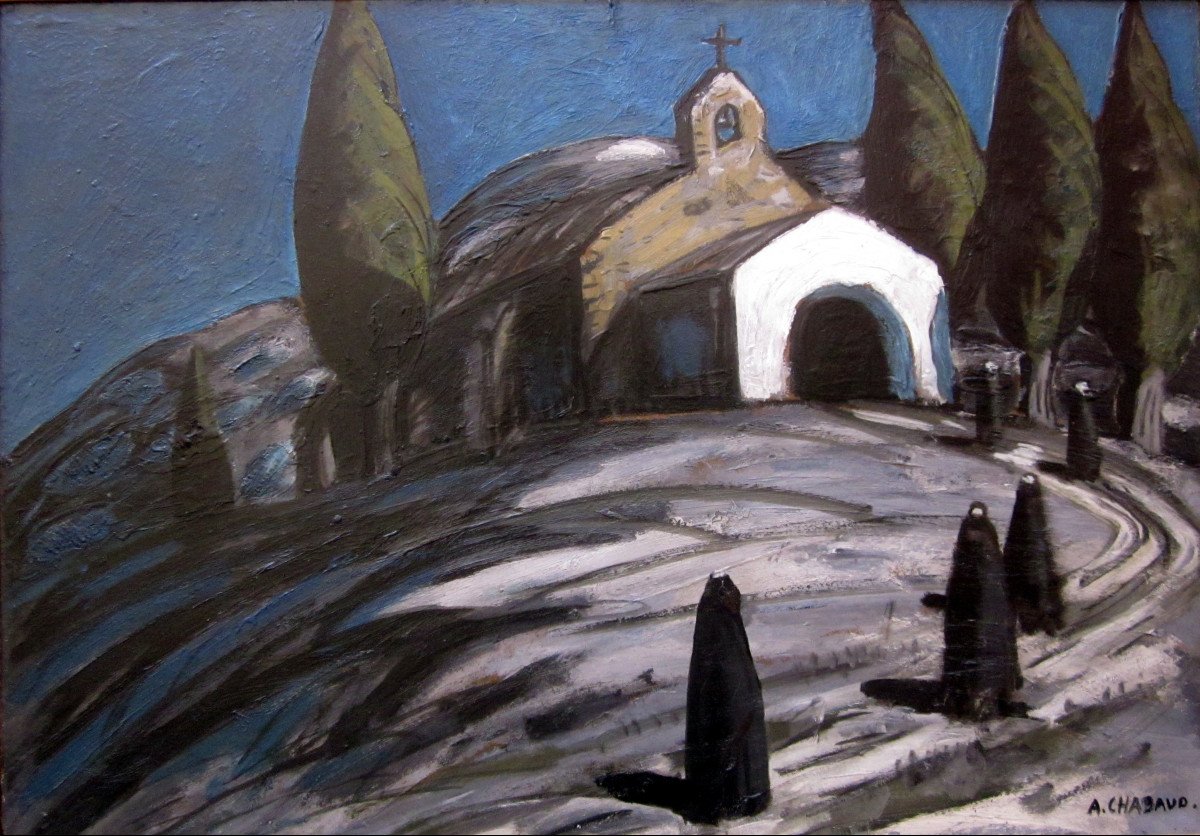



















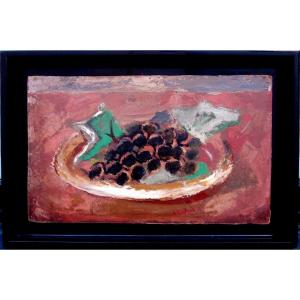
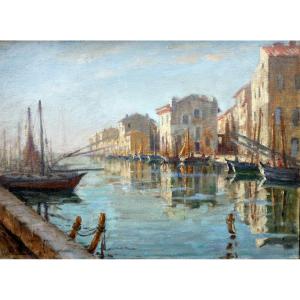



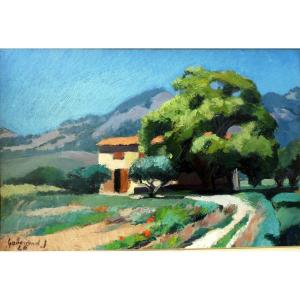

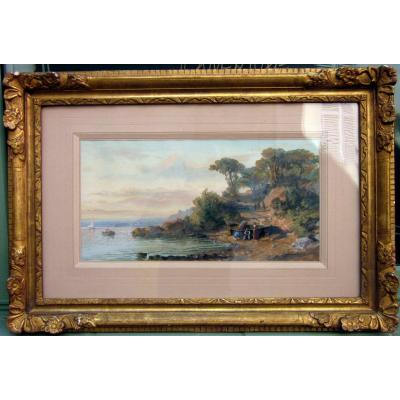
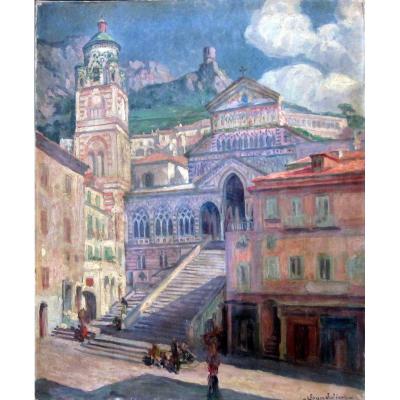

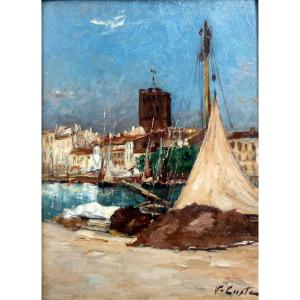
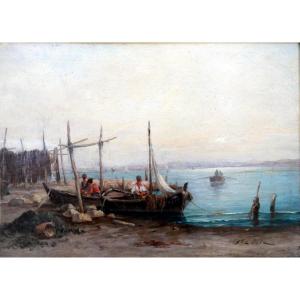
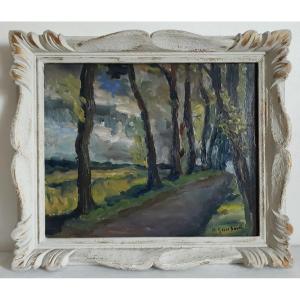







 Le Magazine de PROANTIC
Le Magazine de PROANTIC TRÉSORS Magazine
TRÉSORS Magazine Rivista Artiquariato
Rivista Artiquariato